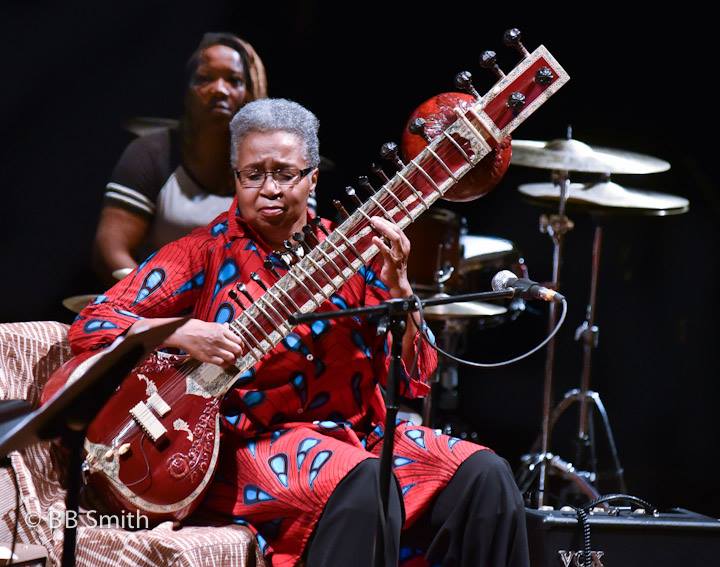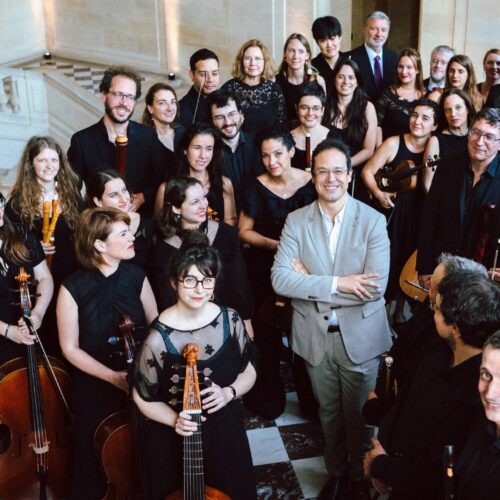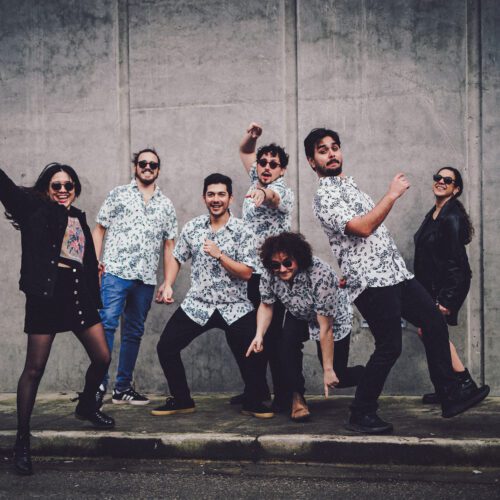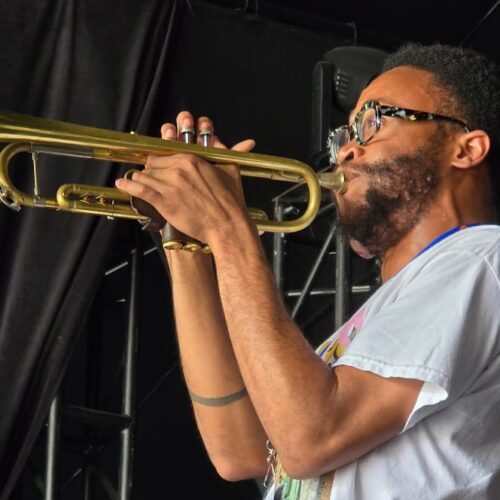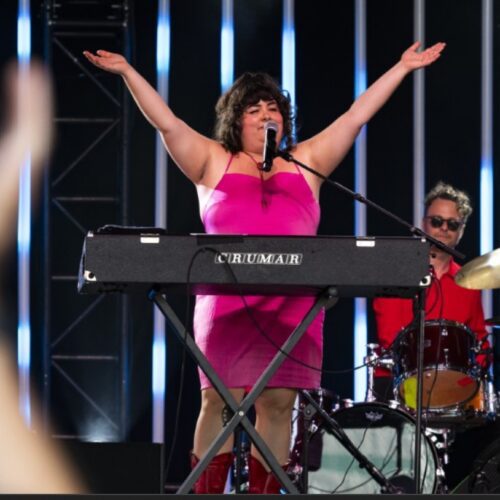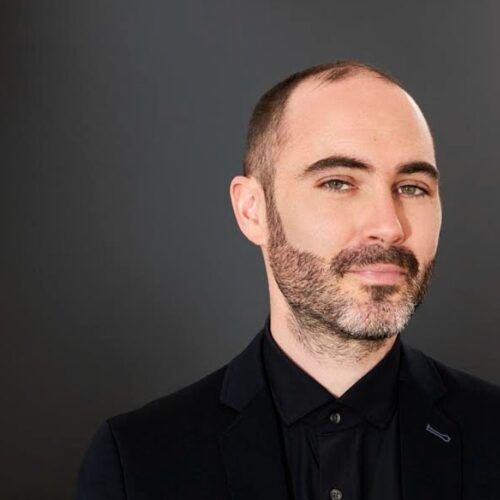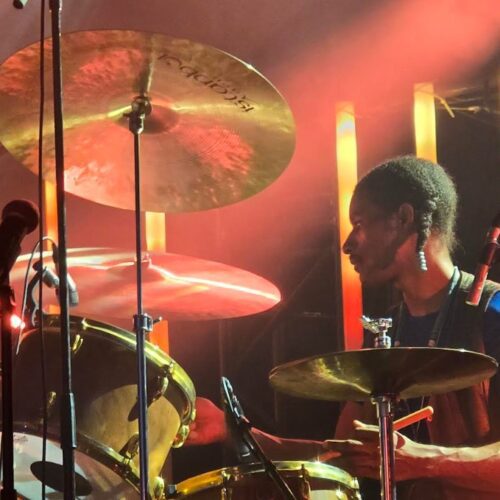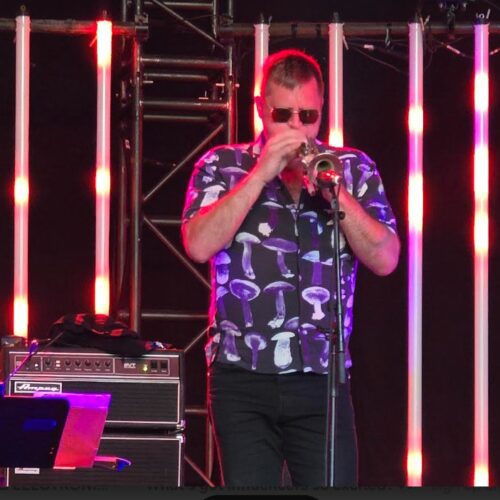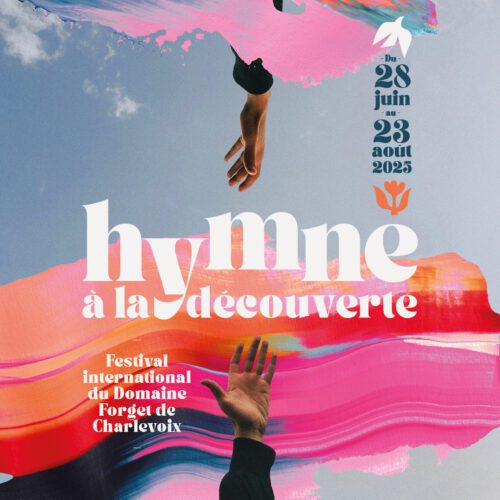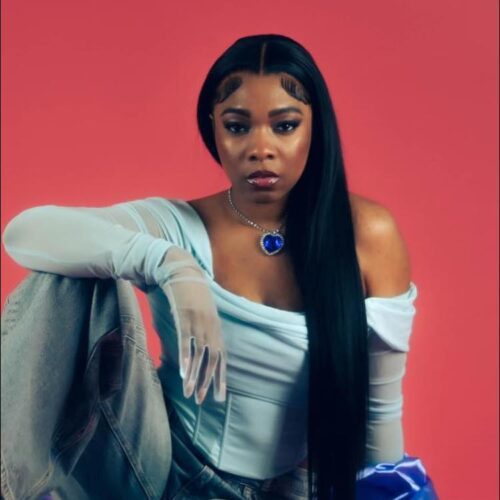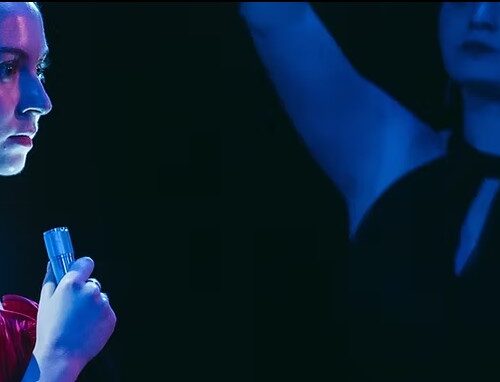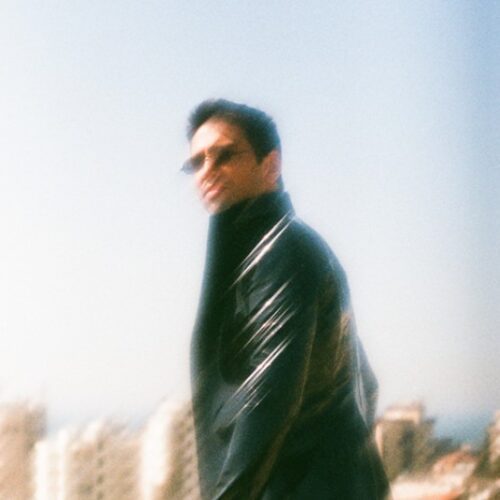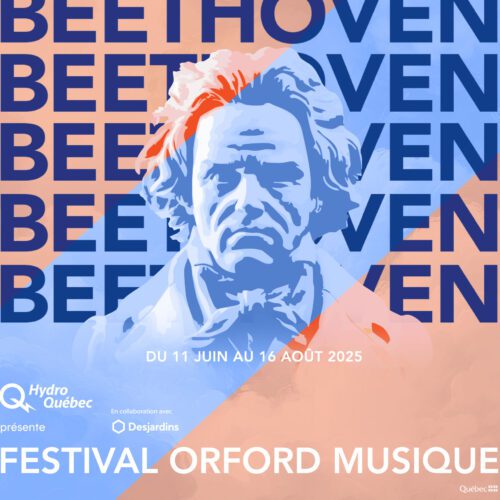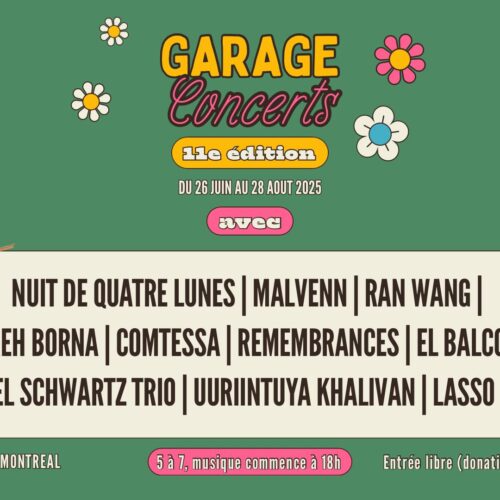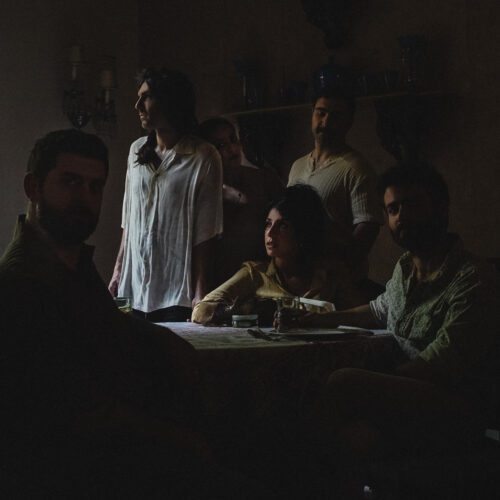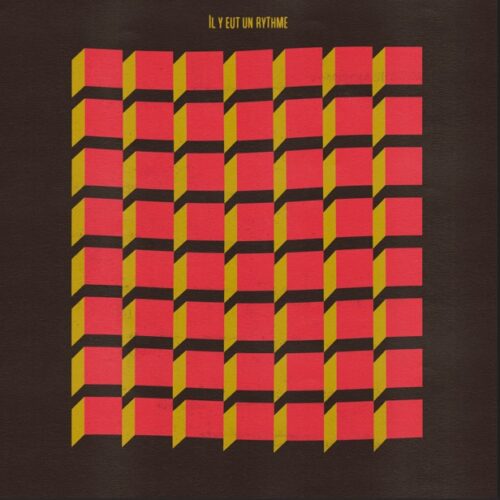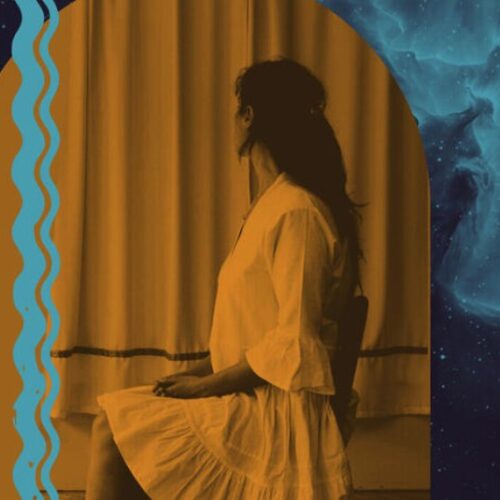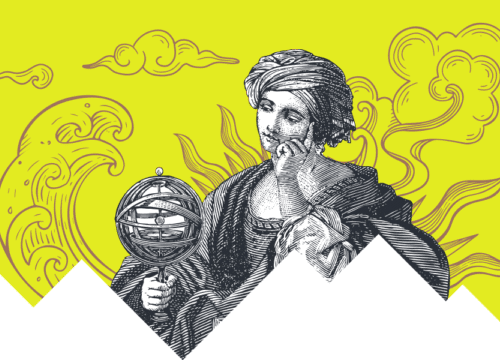Additional Information
Shanta Nurullah has distinguished herself as a sitarist and bassist exploring African-American improvisational music throughout her career. A legendary Association for the Advancement of Creative Musicians (AACM) member, Shanta will be performing with her trio at this year’s Suoni Per Il Popolo.
PAN M 360: Hi Shanta, looking forward to your Suoni show! Can you tell us a little bit more about the performance?
SHANTA NURULLAH: Oh, I’m very much looking forward to it as well. We’ll be doing a trio thing. I’ll be playing the sitar and a little bit of small percussion. I might bring a sansula, it’s a type of mbira or kalimba, but this particular one was actually made in Germany. It’s like a kalimba that’s mounted on a little drum, mounted on a membrane and a frame. I might play a little electric bass as well.
Alex Wing is coming with me, he’ll be playing electric guitar and an oud, which is a Middle Eastern instrument. Fred Jackson Jr. plays alto saxophone and might be playing some percussion as well.
PAN M 360: That’s a lot of “might”. Sounds like a lot is going to be left to the moment.
SHANTA NURULLAH: Ha, yes. We’re going to improvise and perhaps play one or two compositions. And we might do some singing as well.
PAN M 360: Such is the nature of, of what shall we call this music exactly?
SHANTA NURULLAH: Creative music.
PAN M 360: Creative music, that’s it. I would love to know about your relationship with the sitar. I’m sure you’ve got a story to tell.
SHANTA NURULLAH: Well, when I was 19 years old, I went to India with a group of college students, and we each had a project that we were to research and study while we were there. And my project was to be about the untouchables. I had done all of my previous research on this group of people that had, in my mind, a plight that was very similar to that of my people, the African-Americans. But when we got to Pune, we were based at Deccan College, and we were being given all sorts of these cultural presentations. One of them was a concert, a sitar concert. And from the moment I first heard the instrument, I just fell in love with it. I told the director of the program, that is what I have to do. And he’s like, no, no, you came here to do this social science, political science project. And I’m like, no, no, no, this is what I have to do.
So I found a teacher and he got me an instrument. I studied for about five months before I left. I was able to get the basics of the instrument, you know, how to hold it, how to play it. I learned my Sa Re Ga Ma, you know, I learned the scale, and one raag, and he sent me on my way. But he also had a beautiful sitar made for me while I was there. Before I left he took me to the village of Marashkar to pick up that sitar, it’s the one that I’m still playing.
And I wasn’t able to find a teacher when I came back to Chicago to continue my studies. Before I left India, there were these guys that basically hung out in my teacher’s studio and they kind of brushed me off and told me that you’ll never really be able to play this instrument, because you need to study at least for five years and play every day for eight hours a day. I took that to heart and basically just sat in my room and played it. Now, when I was sitting in my room just playing like that, I discovered that I could play some of the songs that I had grown up hearing, singing like, you know, Negro spirituals. Motherless Child, Wade in the Water. And that’s what I did in my room. I also had a Ruth Brown blues record and I would often play along with it.
PAN M 360: Your music crosses so many boundaries and the sitar seems to be but a part of a much larger artistic vision. How did things begin to take shape?
SHANTA NURULLAH: At the same time I was a literature student, and I got so enamoured with the Black Arts Movement that when I finished my studies, I wanted to get involved. I wanted to be a part of the Black Arts Movement. That’s how I learned about the Kuumba workshop, which was headquartered at the Southside Community Arts Center, which was a hub that dated back to the 20s, 30s, 40s, and the years of the WPA and just had a long history of the arts in Chicago. The workshop met regularly and welcomed me into their theatre company. They had regular one-act plays they put on on Saturday night, after the play, they would have what they called a ritual. And the ritual was that every member of the company would come up and present something, a song or a poem or something, kind of like an open mic.
Well, one Monday evening after the rehearsal, I drove one of the company members home. I came into her house for a minute and noticed that in the corner of the room was a bass guitar. And I had never seen one before. I asked her if I could, if I could play it. I had never held a bass before let alone played one but once I began playing it, she was so amazed that she gave me the bass and the amp to take home.
So all week long, I’m practicing on this bass, And I took it on Saturday night to Kuumba and played it at the ritual. You know, I was arrogant enough to think that just after one week, I was ready to play this instrument in public. So Val Gray Ward, the director of the company, after the ritual, she said, well, that was nice, but you know, you really do need some lessons. She suggested I see Pete Cosey. I didn’t know who he was but I went to see him.
I later found out that Pete was the guitarist that put the electric in Muddy Waters’ Electric Mud album. He also played with Miles Davis, and was one of the regulars at Chess Records, so he was just a phenomenal musician.
Ater a couple of bass lessons from Pete Cosey, he said, you know, you really need to go see Phil Cohran. Phil was one of the founders of the AACM, the Association for the Advancement of Creative Musicians, and I stayed with him for almost four or five years. He had this thing called Black Music Workshop on Saturday morning. I took my bass to Phil and he said you’re welcome to join the workshop, but what other instruments do you play? I said, well, I have this sitar at home, but I can’t really play it because the people in India said that I have to study for five years and practice eight hours a day, so I can’t bring it out. He said, sister, that instrument’s from Africa, so are you. Bring it on over here. And that gave me permission to just stretch out and express myself, express myself. on the sitar and that’s what I’ve been doing ever since.
He wrote music for me and he wrote this harp and sitar duet that was just really beautiful. He wrote me a sitar blues and you know, it was just a wonderful experience learning from him, and that just launched me into my career, basically.
PAN M 360: I can’t help but think of Alice Coltrane when I hear about your music. Was she one of your influences? Are you on the same kind of quest as her?
SHANTA NURULLAH: Oh, absolutely. Alice Coltrane is one of my greatest inspirations. I had the honour of actually spending an afternoon with her. That was just one of the highlights of my entire life, getting to meet her and talk to her. It continues to inspire me. When I listen to her music, I’m hearing new things even now that I’ve never heard before. Her music speaks to universality, to love, to freedom. I’m a spirit musician like that, musicians who are, how can I say it, open to the energy of the universe, of the moment. I play what I feel and I play what I hear and mostly I like to play with other people and explore communication with other musicians. It’s creating, collective creation.
PAN M 360: That’s creative music. Thanks a lot Shanta.
SHANTA NURULLAH IS PERFORMING AT SUONI PER IL POPOLO, SALA ROSSA, ON WEDNESDAY JUNE 14. INFOS & TICKETS HERE
